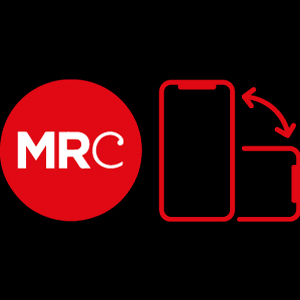On some days, reading press coverage of the Leveson Report and its convoluted aftermath feels like having Fleet Street line up behind one megaphone and shout in your face through it.
Now a report from the Media Standards Trust indicates that this hyperbole isn’t far off the mark – and reveals a near-unanimous front of negative opinion in the run-up to the report’s publication in November 2012.
The MST has performed a content analysis on newspaper coverage running from July 2011 right up to the end of 2012, and its conclusions make interesting reading [pdf].
One thing it shows is just how much mileage we’ve all got from Leveson: over 2,000 articles and one million words, 73% of which were during the period of oral hearings. That’s unsurprising: the press loves to talk about itself, and who can blame it?
But the real meat of the report is in the balance of negative and positive coverage. The MST tracked the rhetoric appearing in 2016 articles – news, features, leaders and opinion pieces – and analysed whether it offered only positive evaluations, only negative evaluations, or a mix of both. It found:
- The majority of coverage was neutral and factual. 78.4% included neither positive nor negative evaluative rhetoric.
- But within the 21.6% of articles which did give an opinion the framing was overwhelmingly negative – with 16.5% expressing only negative views, 4% expressing only positive, and 1.2% expressing both kinds of view.
- As a percentage of opinionated articles, that breaks down as 76.4% all negative, 18.1% only positive, and 5.5% both negative and positive.
- “In the 100 days prior to the publication of the report, newspaper leader articles on the Inquiry nearly all contained negative references to the Inquiry or its outcomes. Of 28 leaders in all papers published between 20 August and 27 November 2012, 23 contained only negative viewpoints on the Inquiry. Two contained no evaluative statements at all, while three contained both positive and negative viewpoints. None were purely positive.“
“…while expressing a clear view of their own, few papers gave the public the information necessary to make their own minds up about the future system of regulation.”
Obviously, we are on one side of this question. We’ve been campaigning for independent regulation for two years. But when we see empirical confirmation of what we all subjectively observed in late 2012 – that newspapers were launching a blitzkrieg of negative coverage even before Leveson’s report came out – we can’t help but be disappointed. A free press should evaluate things on their own merits and give the public the information they need to make informed judgements. It should not systematically deny its readers that information – nor devote so much effort to poisoning the well before that information even exists.


